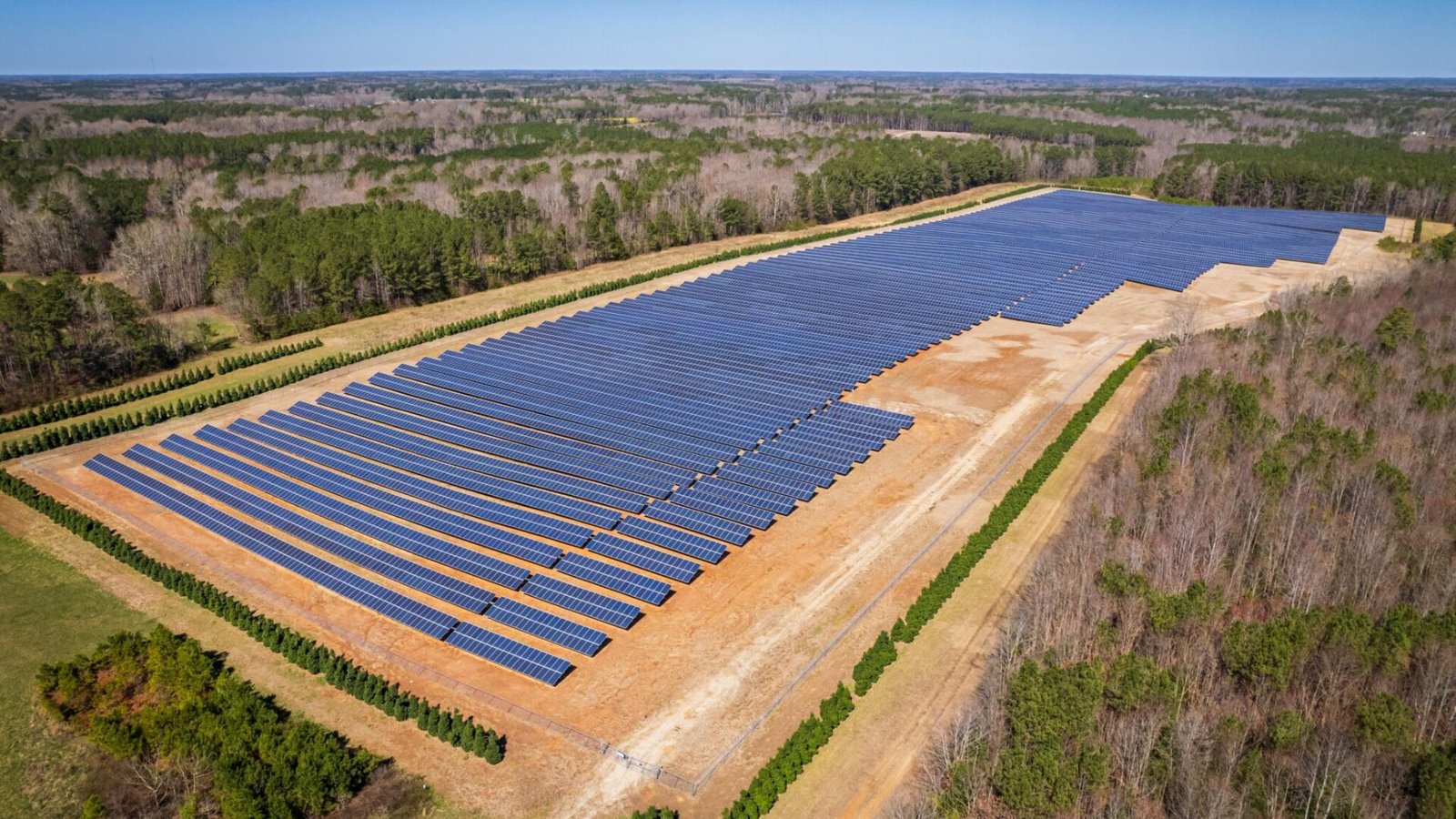40MW Solar PV Plant Project



Key Assumptions & Standards
The electrical works for the Busunju pader Project are designed and executed based on several key assumptions and compliance with internationally recognized standards to ensure quality, efficiency and safety.
The electrical works for the Busunju Pader Project cover all activities necessary for the design, supply, installation, testing, and commissioning of electrical systems required to generate, transmit, and integrate 40MW of solar energy into the national grid.
This scope ensures the plant’s operational efficiency, safety and compliance with local and international standards.
1. Project Capacity and Phasing

Phase 1
Focused on delivering the initial 20MW with associated electrical infrastructure.

Phase 2
Completion of the remaining 20MW, including grid connection enhancements.
All electrical designs, material procurement and installations will align with these phased implementation timelines.
2. Technology Selection
- Monocrystalline Solar Panels are assumed for their high efficiency and reliability in Ugandan climatic conditions.
- String Inverters are selected for scalability and ease of maintenance.
3. Grid Integration
The 10km loop-in, loop-out transmission line to the nearest substation will operate at medium voltage (33kV).
Synchronization with Uganda’s national grid will adhere to the Uganda Electricity Distribution Company Limited
(UEDCL) interconnection requirements.
DC to AC converters and step-up transformers are used for grid compatibility.
4. Site-Specific Conditions
The site in Busunju, Pader, has high solar irradiance, averaging 5-6 peak sun hours/day, making it suitable for a utility-scale PV plant.
Soil conditions allow for trenching and grounding systems without significant geological challenges.
5. Environmental and Safety Considerations
- Compliance with national and international standards (IEC, IEEE).
- Provisions for earthing and bonding to ensure safety and reliability.
- The project assumes minimal disruption to the local ecosystem and complies with Environmental and Social Impact Assessment (ESIA) findings.
- Adequate safety measures, including grounding and surge protection are integrated into all electrical designs.
Purpose
- Consistency: Ensures uniformity across all project phases.
- Safety: Guarantees protection for personnel, equipment, and the environment.
- Reliability: Provides a robust and long-lasting electrical system.
- Compliance: Adheres to local and international codes for smooth project approval and grid integration.

